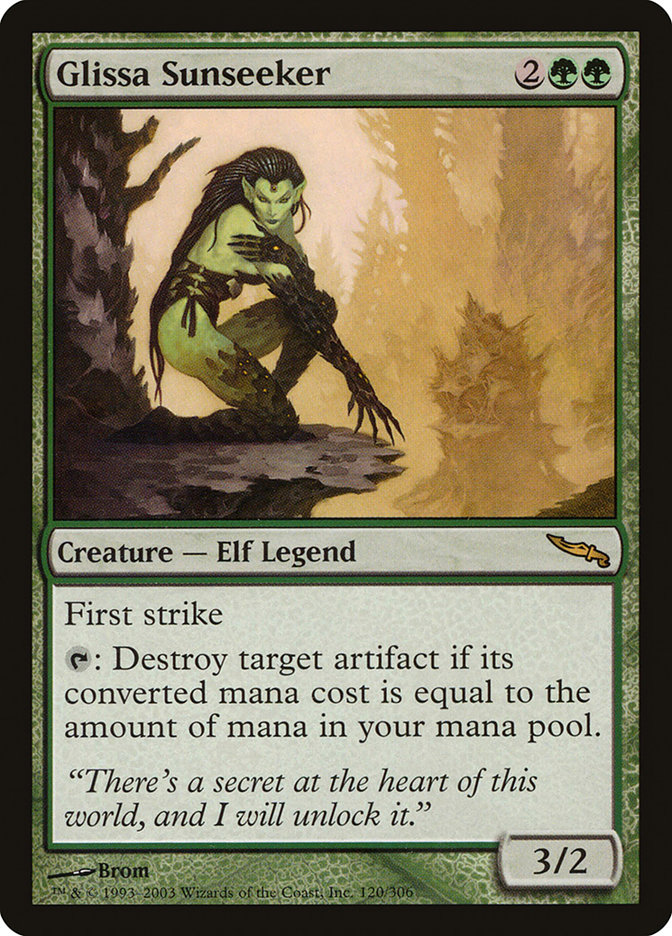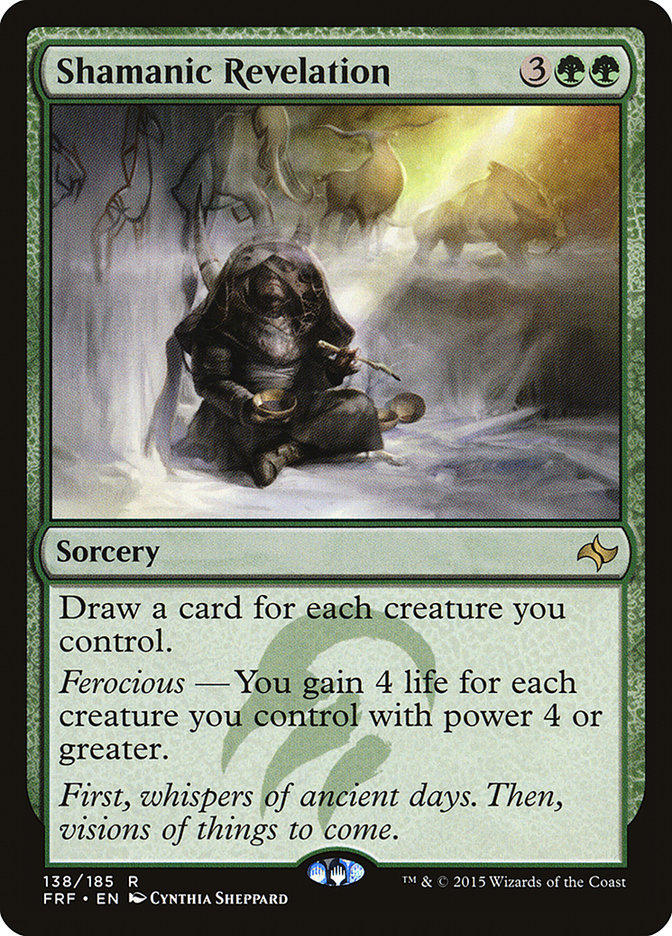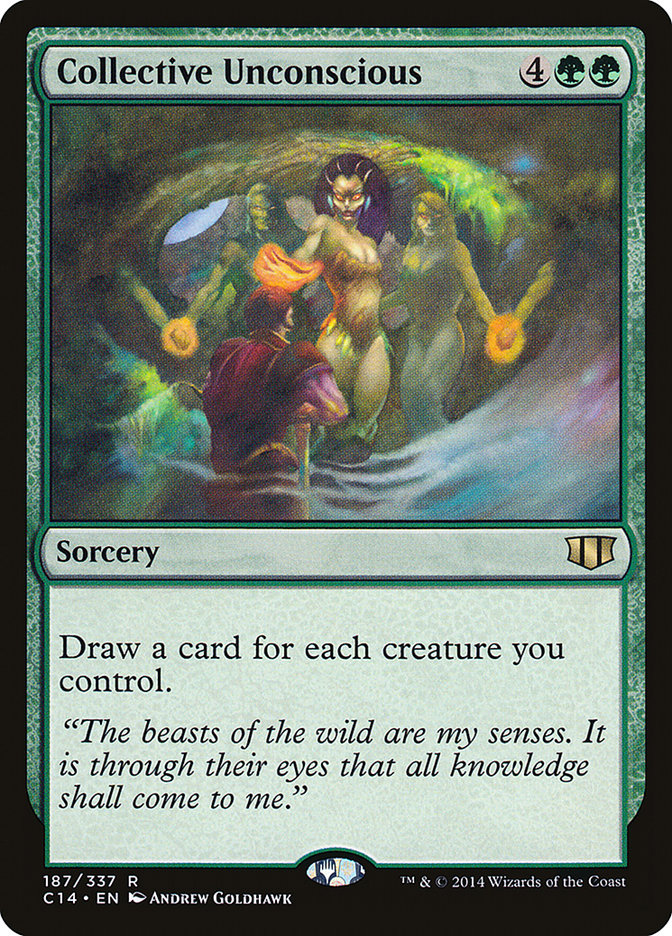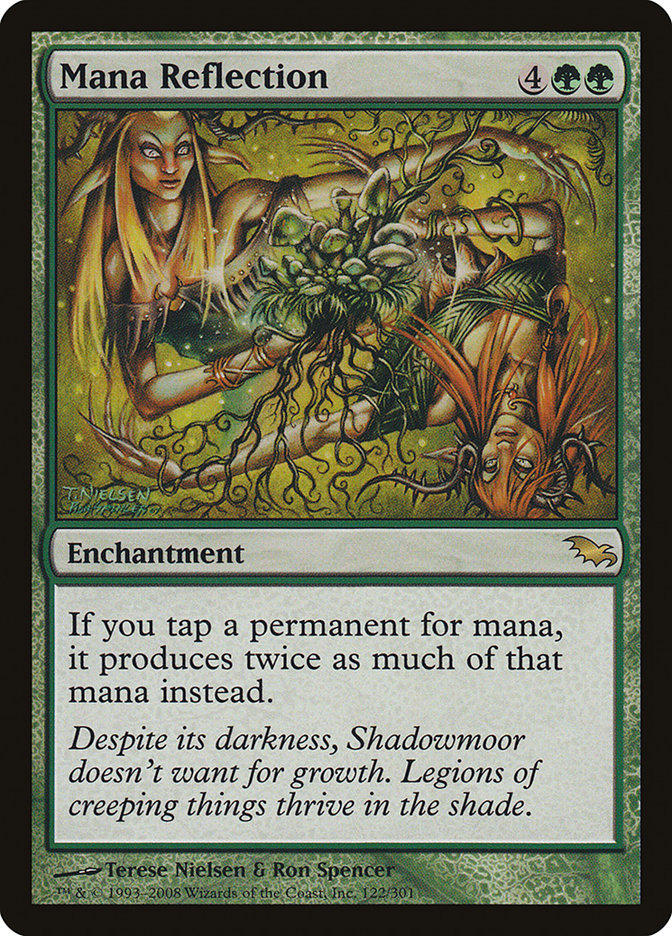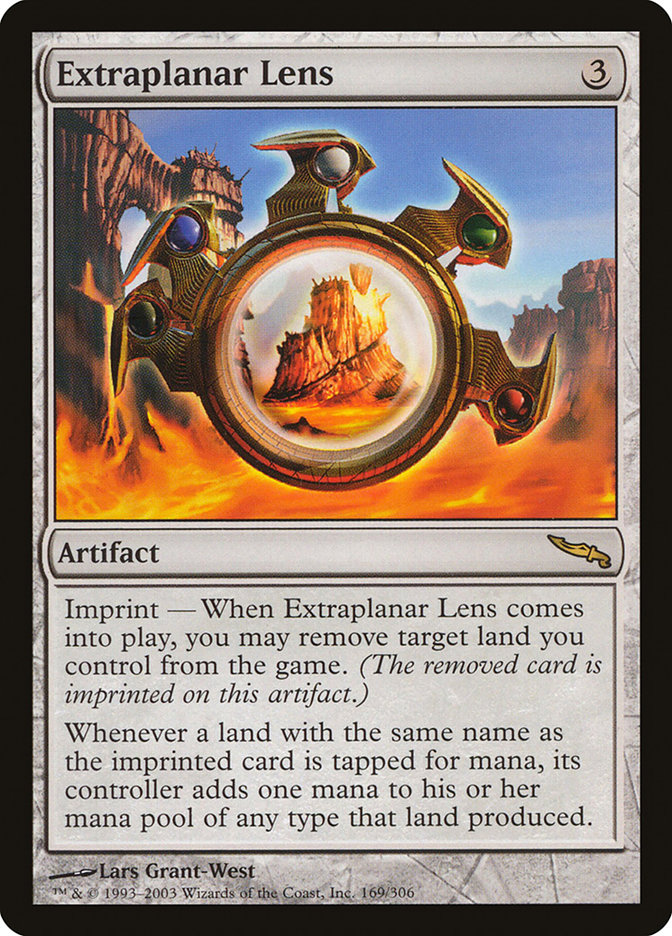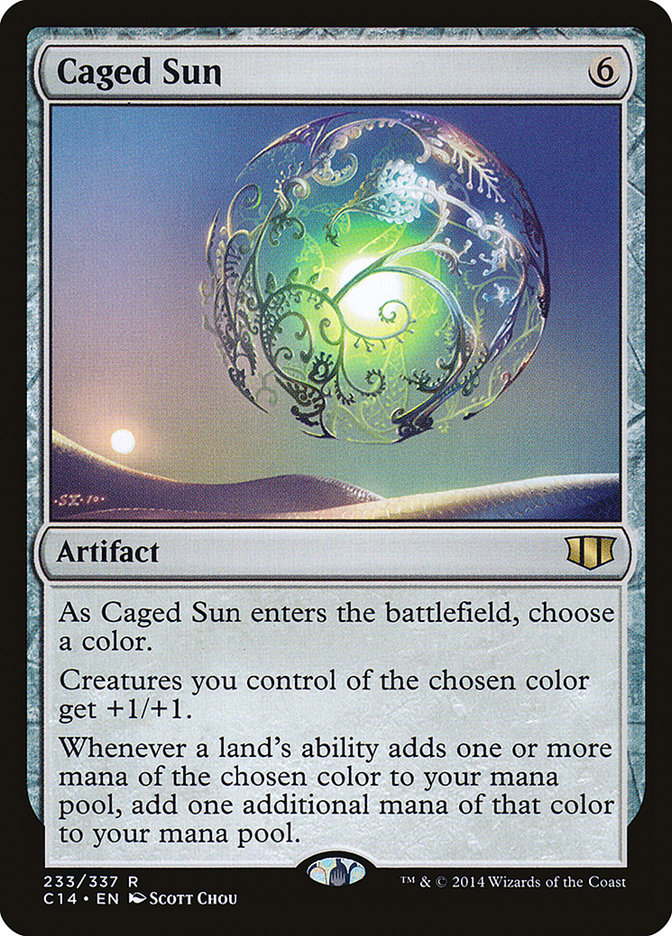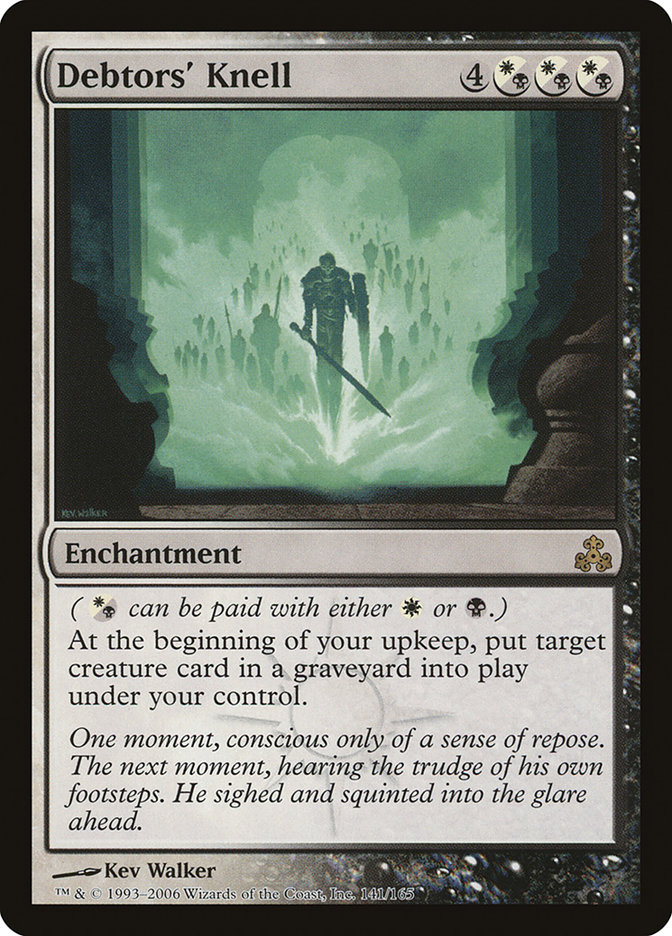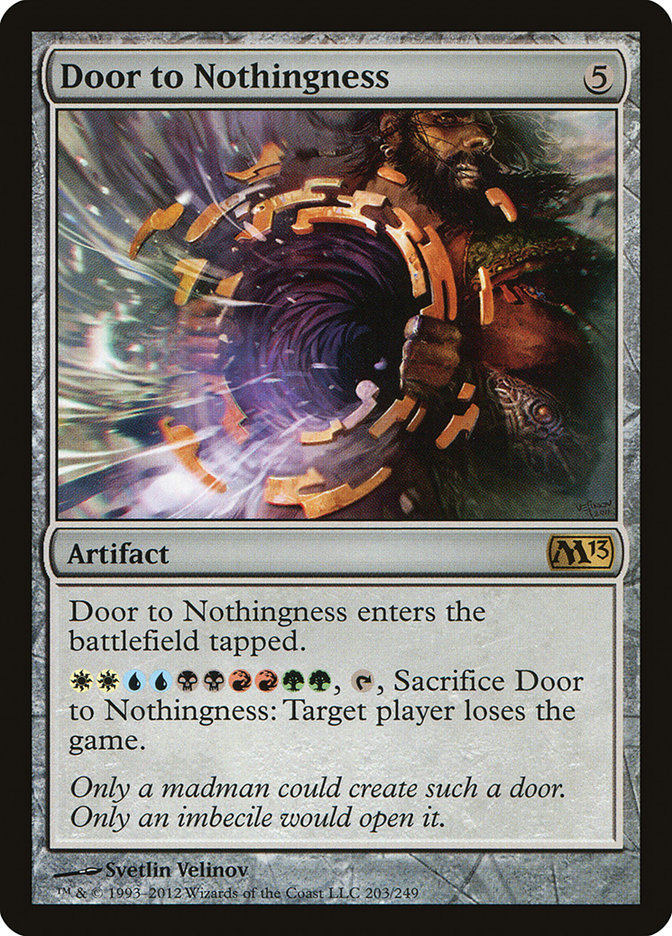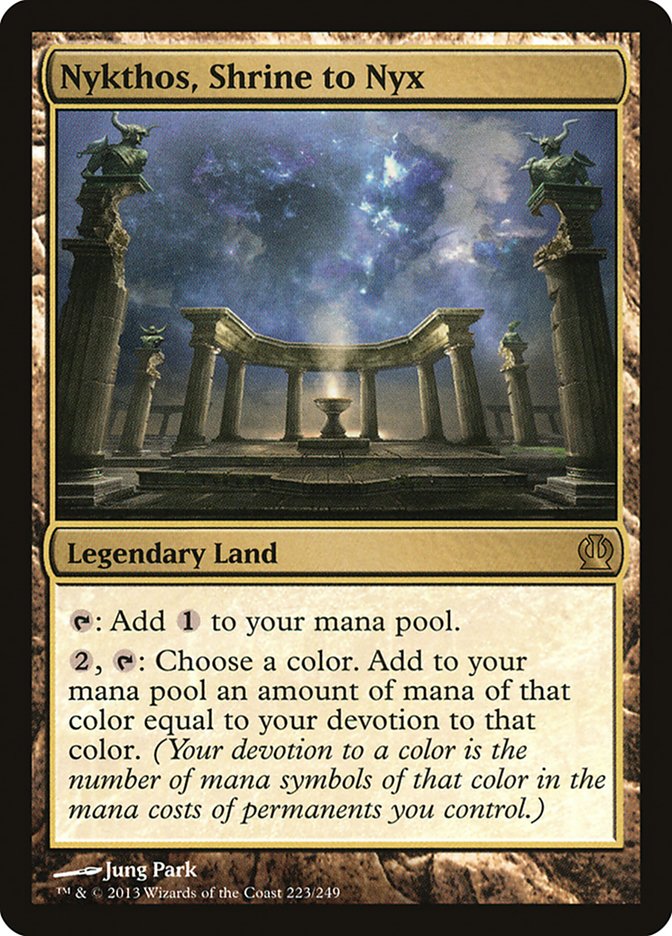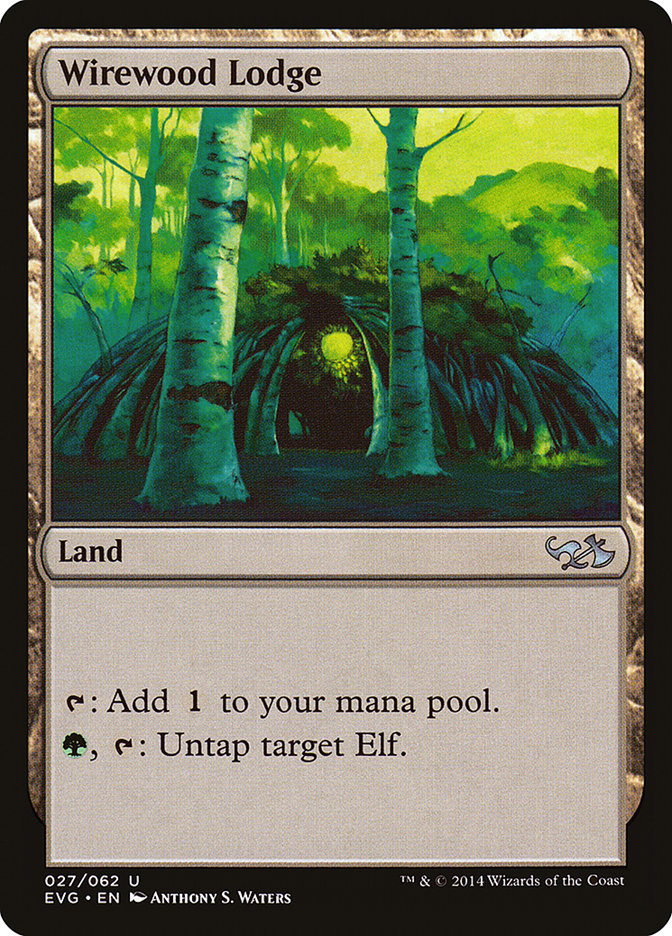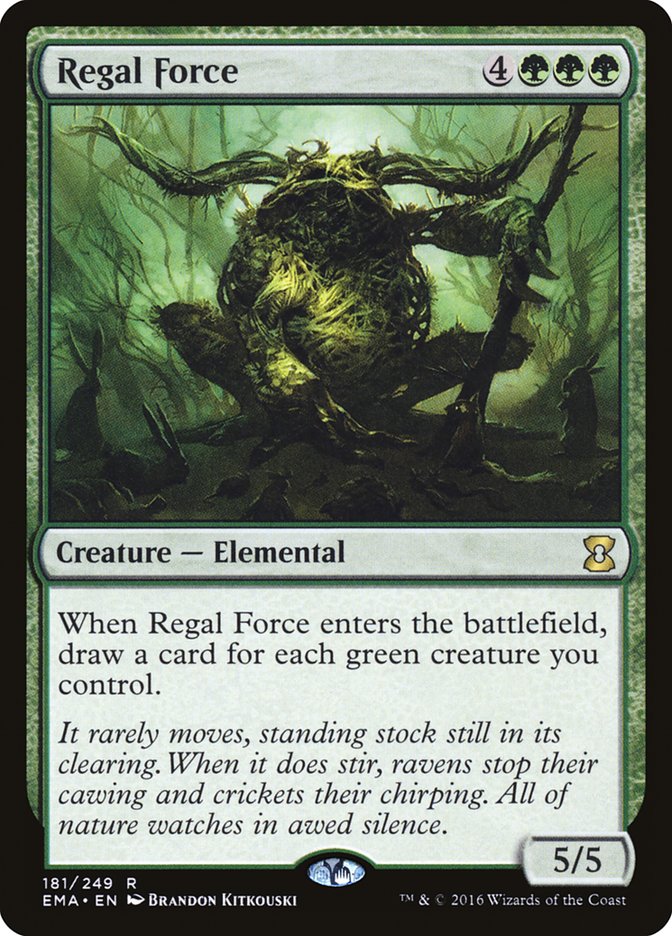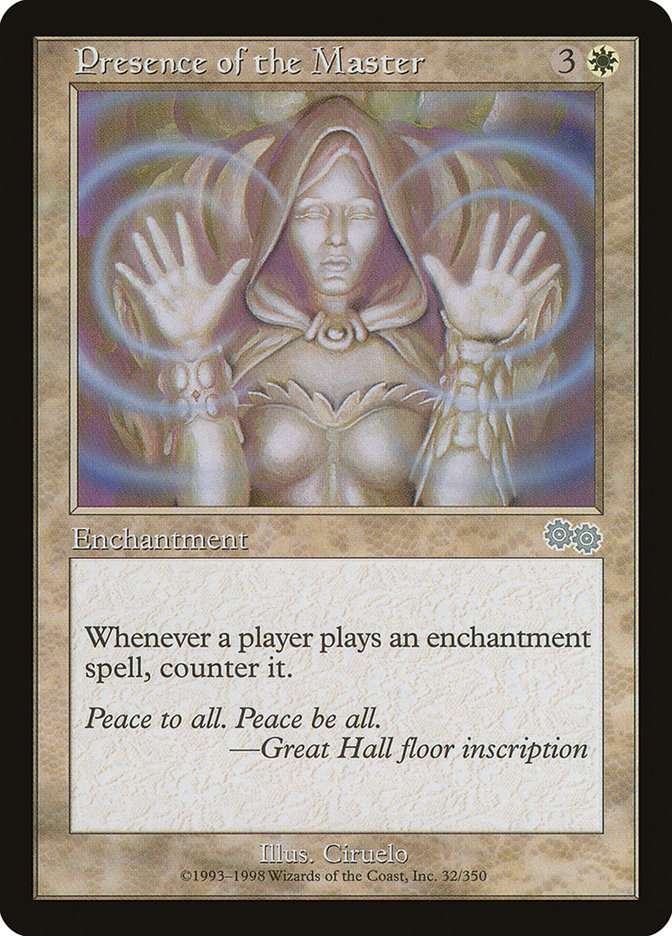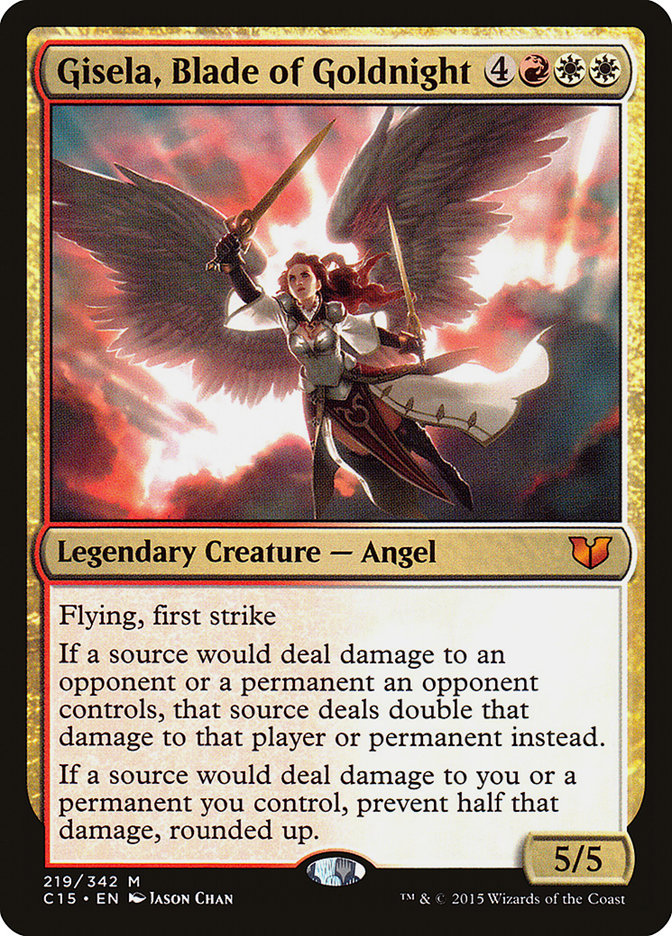Welcome back! Last week, I showcased the Glissa Sunseeker deck I built. I was unable to focus the deck more than that initial build because I was not able to play it. My articles go up Monday, my LGS runs Commander on Sunday, and my articles are submitted Saturday. I’m sure I already stress my editors enough–I don’t want to add to their burden. This means I couldn’t reasonably include a play experience section of the article.
Until now!
Playing Glissa Update
Have no fear; the play experience is here! The short version is I really like this deck, but it is just clunky. The long version is that the deck needs more card draw, “peacocks” a bit more than it should, and needs the manabase to be adjusted to be slightly more useful. I need to trim some fat in the deck to help Glissa operate as she should.
The lack of card drawing was the biggest weakness. I thought the deck had enough redundancies, but I was mistaken. I think I walked into Magical Christmas Land when I was making the deck and expected it to perform without issues. Adding more card draw is a little tricky, as Green struggles with “normal” card draw that isn’t attached to creatures or based around creatures. Greater Good is a classic drawing spell for green, but this deck lacks the large creatures to sacrifice for fun and profit.
Instead, I want cards like Shamanic Revelation or Collective Unconscious. I think that Freyalise, Llanowar’s Fury would really help the deck. It creates tokens that can make mana, destroys artifacts and enchantments, and draws cards for all the critters my mana sinks can produce. Artifacts help add card drawing power too. Seer’s Sundial works well with all the ramp and Book of Rass is another mana sink that lets me draw several cards at once. Citanul Flute isn’t drawing cards, but finding the right creature every turn is pretty handy, and the effect is based on “converted mana cost of X or less,” which helps to reduce the mana pool to a specific number for Glissa.
The other issue that Glissa had was the aforementioned peacocking. Anthony Alongi wrote about using creature analogs to evaluate how cards perform in multiplayer, assigning them animal properties. Gorillas are big powerful plays like Wrath of God or Inferno Titan. Then Spiders catch opponents unawares, like Swords to Plowshares or Cloudthresher. Opposite the Spiders that surprise are Rattlesnakes like Seal of Doom or or Isochron Scepter that keep the opposition at bay.
Someone, unfortunately I do not know who first did it, came up with the idea of Peacock cards. Debtors’ Knell or Door to Nothingness are good representations of cards that are very high on the Peacock scale. They may be good, but they draw an overwhelming amount of attention to your battlefield.
The mana doublers Peacock. They stand out loud and proud with their effect, and everyone else takes notice. My opponents saw Glissa Sunseeker, but really they saw that I could cast any card I was reasonably running and was only a land drop away from hitting Eldrazi Titan mana. They panicked and attacked me, or they instantly destroyed my mana doublers, even when other players were saying, out loud, that if I drew a mana doubler I could remove the Omniscience the Jhoira of the Ghitu player had suspended. I did draw and cast my mana doubler, but it was promptly destroyed before I had a chance to stop the Jhoira player during his upkeep.
Now, part of this was me. I was rushing to have Glissa do her thing. And in rushing to make my deck work, I was seen as a huge threat based on the mana available. If I were playing some of my other decks, I would have been a huge threat. Instead I was on the losing end of two-for-one trades because of Extraplanar Lens.
The other issue with the deck is that I am frequently The Threat. Every playgroup has that one player that always has a shot at winning. No matter what happens, no matter what deck is being played, that player will still find a way to win. I have done that too many times with my playgroup. I am The Threat walking into most games, and Glissa throwing out ramp spells, mana doublers, and mana sinks made me scary. Players were expecting Tooth and Nail with the entwine cost paid, Genesis Wave for absurd amounts of mana, or some other backbreaking play, so I was taken out early. Playing the deck a little more will give it exposure with the players at my LGS and help change the opinion of the deck.
Finally, Glissa needs some work with her manabase. I had two lands suggested to me that were really good advice. I mean no discredit to Daniel Nettleton or Iain Wallace, but I feel a little silly missing those lands in the first build. Daniel suggested I run Nykthos, Shrine to Nyx; Iain suggested Wirewood Lodge.
Good suggestions for a green deck that taps its commander, right? I am definitely adding these cards to the deck. Nykthos will help generate a ton of mana to use on all the goodies the deck plays, and Wirewood Lodge untaps Glissa. I can cut two Forests for these nonbasics without worry. I also want to add Mikokoro, Center of the Sea and Urza’s Factory. Mikokoro is just helping the draw package get a little better. Urza’s Factory provides another token producer, a mana sink, and a card that makes me giggle, as it needs Urzatron (Urza’s Tower, Urza’s Mine, Urza’s Power Plant) mana to activate.
I’m only cutting seven cards for now. Extraplanar Lens, Myr Sire, and Crystal Ball are out for Freyalise, Llanowar’s Fury; Seer’s Sundial; and Citanul Flute. I am also cutting four Forests for Mikokoro, Center of the Sea; Nykthos, Shrine to Nyx; Urza’s Factory; and Wirewood Lodge. I want Shamanic Revelation in here too, but I think Regal Force is a better card for the deck since it provides a body. But I need to find another cut for the Regal Force and I think I need to play more games before I make too many changes.
Presenting…Liz Lessons!
My girlfriend has been steadily improving at Commander. Last week she got to play against someone at our LGS who began playing roughly around the same time she did. She used this to measure her progress and they talked about how they had improved in several ways.
There are three types of players you can play against: those better than, roughly equivalent to, and worse than you. Strive to play against the best you can. To improve, you should play against players better than you; it’s why pro players form teams with the best players they can. It pushes everyone to improve.
Unless you use tournaments, you need another measure of progress. For example, StarCraft II is hard to measure when you are learning from a grandmaster-ranked player. You lose. A lot. But rather than measuring if you won a game, because you likely won’t win the games, you need to measure against specific progress marks. A few examples are how well you held off an attack, how well you recovered from the early attack, or how you were able to keep macro production going during both offense and defense.
The problem is that this doesn’t seem like progress. While you may recognize that you are improving slightly, it still doesn’t feel like progress. You often won’t recognize the progress until the grandmaster player shows you a replay or explains how much more difficult it was to win. Without seeing progress or having someone detail the progress, it is easy to lose hope.
Progress Against the Field
Liz made an excellent point last week. She was able to play against people who were closer to her level and see how much she has improved. Playing against a wider field shows allowed her to measure progress better.
In most playgroups, there is a difference in skill between the various players. At a game shop with many more people, the difference in skill falls into slightly wider strata, creating a rough ranking for the players. With a larger group, you can more effectively see how you have moved up in the ranks.
In college I played with a group of about twenty most Friday nights. We had players of varying levels of skill. The more experienced players started tracking what players celebrated to gauge their performance. The newest players celebrated not getting killed first (we all start somewhere) or getting a kill in a game. Then it was celebrating taking out a veteran player. The next celebration was not being used to split piles for Fact or Fiction, Gifts Ungiven (for sixty-card games), and other cards that force opponents to make choices. When the players were getting better, taking second was a celebration. Once they were close to winning, they were targeted by veteran players. If they survived that, they started to win games.
If a player was always playing against three veteran players, they wouldn’t see their progress. When the pods put them with other players at their level, then they devastated the table. However, not everyone has the option of playing against a wide assortment of players to gauge skill levels and measure progress. But there is another way to learn how you progress: how often you are ganged up on. If players are playing to maximize their chances of winning the game and you are improving, your opponents should be ganging up on you more often.
Pushing Beyond Comfort Zones
Liz made a second comment that delighted me. She wanted to play new decks. She said, “I won’t get better playing the same decks.” Normally she plays her Sen Triplets deck or Atarka, World Render. Sometimes she branches out to play Kalitas, Traitor of Ghet or Kaseto, Orochi Archmage. Liz wanted to play something she hadn’t tried before. Kalitas and Kaseto do cool things, but playing them is relatively straightforward.
Liz took my Gisela, Blade of Goldnight deck to the store. She said the deck had power similar to Atarka, World Render but it had more variance. When I asked about what it was specifically she liked, she said it was the cool Angels, burn spells, and Gisela getting to take out people. The cool Angels have a few more effects to use than Atarka’s Dragons. She also likes the burn spells. The other decks have fewer or sometimes zero ways to deal damage directly to players, while Gisela has many burn spells. The deck also puts out a lot of damage with Gisela, even without support.
The deck’s play style of mixing offense and defense was something that she liked: “I feel like I’m always playing on the offense and it was different playing on the defense.” The deck was always attacking the table but allowed her to build. Many of the decks she previously played were typically all-in on offense or all-in on defense and would switch gears at some point. Gisela plays offense and defense at the same time pretty well, which was a new experience for Liz. The deck also tends to attack everyone at once, which was also new.
Liz has never played a controlling role in the game. Sen Triplets has options for control, but it is very much a haymaker deck that punishes opponents. Kalitas and Kaseto push their gameplan constantly. And Atarka, World Render is a massive beast of a deck that crushes people but does little to control a game. Liz now has more of an idea of what she wants to play and a greater idea of the types of strategies she dislikes.
Learning More
Pushing your comfort zone and building outside your norm are among the best ways to grow your skills in Commander. Playing aggressive decks helps you understand aggressive abilities more when you are playing a controlling deck. If you have the chance, be like Liz and step into new things. Push yourself against more experienced and better players, but remember to check your progress against players at your level. If you don’t check your progress, it is easy to lose your determination.
How do you measure your progress? When do you push your comfort zone for Commander? What do you find works best?


